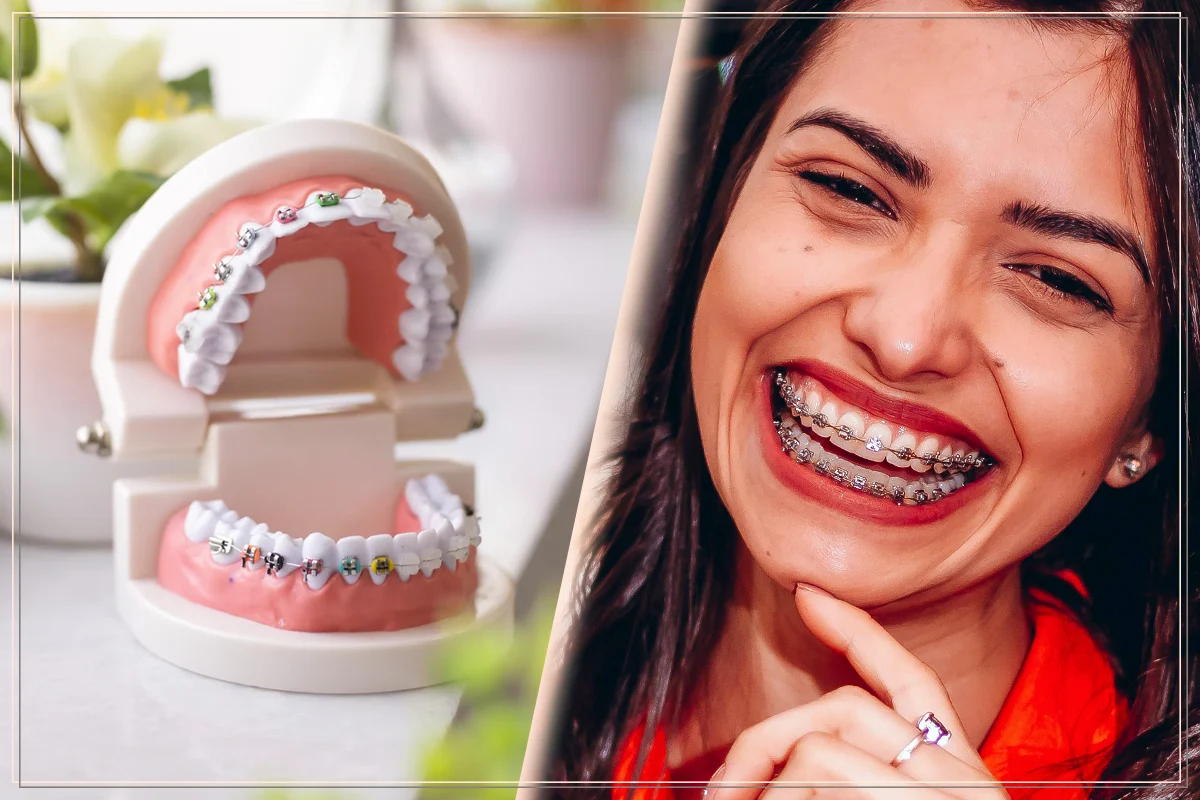Photo: Ensi Moussavi
What are Modern Braces?
Modern orthodontic braces are advanced dental appliances designed to straighten your teeth more effectively and aesthetically than traditional metal braces. There are many different types, each tailored to integrate into your daily life while improving the alignment of your teeth. Below, we’ll introduce some of the stylish options currently available.
Clear Aligners: The Transparent Choice
Lingual Braces: What’s Hidden Behind the Scenes
Lingual braces are highly effective for minor corrections as well as more complex dental problems. Just like traditional braces, they can effectively correct severe misalignment of teeth and bite problems, making them a versatile option for those who need extensive orthodontic treatment but prefer a discreet solution.
Self-ligating brace: Increased comfort and speed
Self-ligating brackets are a major advancement in orthodontics, offering a more comfortable and efficient alternative to traditional brackets. While traditional brackets require elastic bands to hold the wires in place, self-ligating brackets use a built-in mechanism for the same purpose. This innovation reduces friction, allowing teeth to move more freely and potentially shortening treatment time.
Traditional braces require time-consuming adjustments due to the need to change elastic bands. Self-ligating braces streamline the adjustment process, allowing your orthodontist to make adjustments more quickly and efficiently. This means fewer office visits and less time overall in the orthodontist’s chair.
Self-ligating brackets have fewer protruding parts, which can reduce irritation and discomfort in your mouth. The smoother design creates less friction on your lips and cheeks, which is especially beneficial for those with sensitive oral tissues. This results in a more comfortable experience throughout the treatment process.
Traditional elastic banded braces trap food particles, making oral hygiene difficult to maintain. Self-ligating braces have an open design, making them easier to keep clean. This helps reduce the risk of plaque buildup, periodontal disease, and other oral health problems during orthodontic treatment.
Let’s conclude…
Source: January Girl – www.lizbreygel.com





